For the peer review, I assessed Pod 8’s interactive resource regarding social media and the generation gap.
Learning Pod: # 8
Peers’ Names: Tanya Dixit & Joysna Genganah
Interactive Learning Resource Topic: Social Media & the Generation Gap
The design of this course is well-structured and easy to follow for the stated target audience of learners aged 14-18 years old. Additionally, the topic you have chosen for this design is an immensely important one as the generational gap pertaining to social media is continuously growing in society. Furthermore, as technology, and therefore social media, becomes more prevalent in our lives – both inside and outside of the classroom – we as educators need to help students navigate digital platforms by teaching learners how to properly utilize technology.
Components of the Interactive Learning Resource
I went through the Learning Design Blueprint criteria point by point to ensure everything has been included in your interactive resource.
Description
- A concise definition of your topic, citing at least two academic sources ✅
- One-two misconceptions about your topic, e.g., what do people usually misunderstand?
- I identified one misconception about social media, however, you might want to consider expanding on this by outlining how this misconception exists in education.
- A rationale for developing your learning resource based on this topic ✅
- A description of your learning context/target audience/learners, e.g., High schoolers, professional development, learners’ age, interests, lifestyle, social factors, prior knowledge and experience, and any specific learning needs they may have (e.g., colour blindness, hearing loss, ADHD, English language learner, single parent, working full-time, no access to a computer, etc.) ✅
- A description of a platform where your interactive learning resource/course will be hosted ✅
- A description and rationale for the learning theory upon which your resource will be based (behaviourism, cognitivism, or constructivism).
- While the differentiated nature of your design is outlined, it is not clear if your resource follows a behaviourism, cognitivism, or constructivism structure.
- A description and rationale for the learning design you chose ✅
Alignment
- Subtopics with a brief commentary ✅
- Content for each subtopic ✅
- Essential questions ✅
- Learning objectives ✅
- An assessment plan ✅
- Actual assessments ✅
- Description of one interactive activity for each learning objective ✅
- An actual interactive activity for each learning objective ✅
Other
- UDL Guidelines and specific CAST principles ✅
- A rationale for your technology choices ✅
- A bibliography or reference list of all resources cited ✅
Strengths & Weaknesses
I enjoyed the variety of resources and interactive activities you included throughout your resource. The wide range of readings, educational videos, and comprehension activities not only are content relevant but will work to enhance and maintain student engagement. Personally speaking, my favourite element you’ve included is the “Knowledge Check” for Module 2 wherein students must fill in the missing words. Subsequently, the layout of your resource is extremely methodical and organized. Such a format ensures that this resource will be user-friendly as students can easily navigate this Notion page due to the clear headers. I like how there are different pages you can click on to find the information rather than the viewer becoming overwhelmed by an abundance of links, integrated videos and activities, and writing.
Whilst both modules have diverse links, videos, and comprehension activities, other areas of your Notion page are not as visually engaging. To entice viewers, you could perhaps consider adding visuals such as pictures or videos that correlate with the subject matter to create a more illustrative page.
Practical Recommendations
Overall, your interactive learning resource was extremely informative; to provide learners with a more in-depth understanding of each module I would recommend adding additional information to each content overview, especially for the “Impact of Social Media on Generation Gap” module.
Subsequently, the resources you’ve integrated are relevant, age-appropriate and will work to further student understanding; to ensure students are able to easily complete each activity, perhaps revisit each link to ensure they are all working. This recommendation is being made because the “Knowledge Check” for the Influence of Social Media Users and our Self-Esteem module says, “Invalid Game Code”.
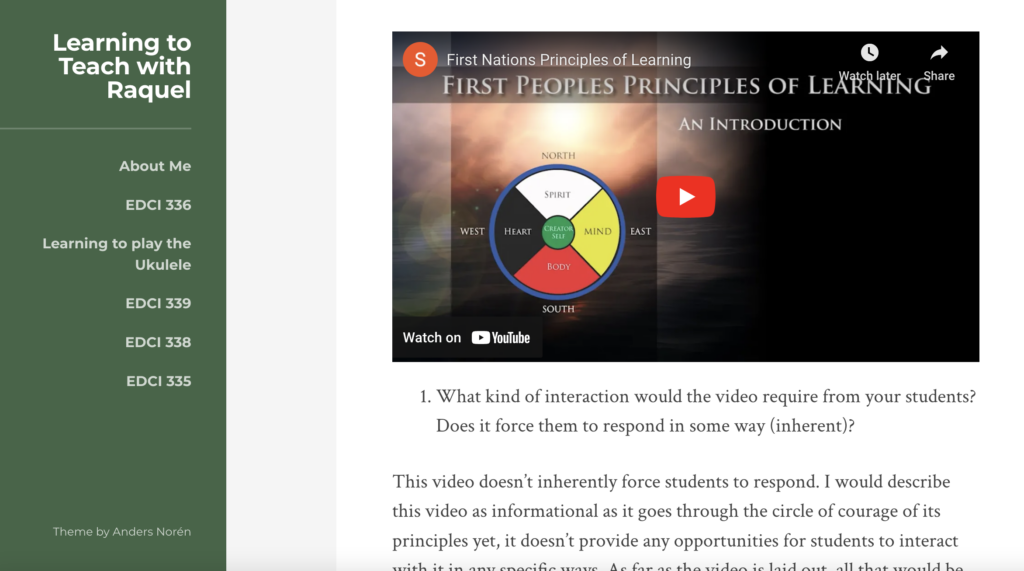
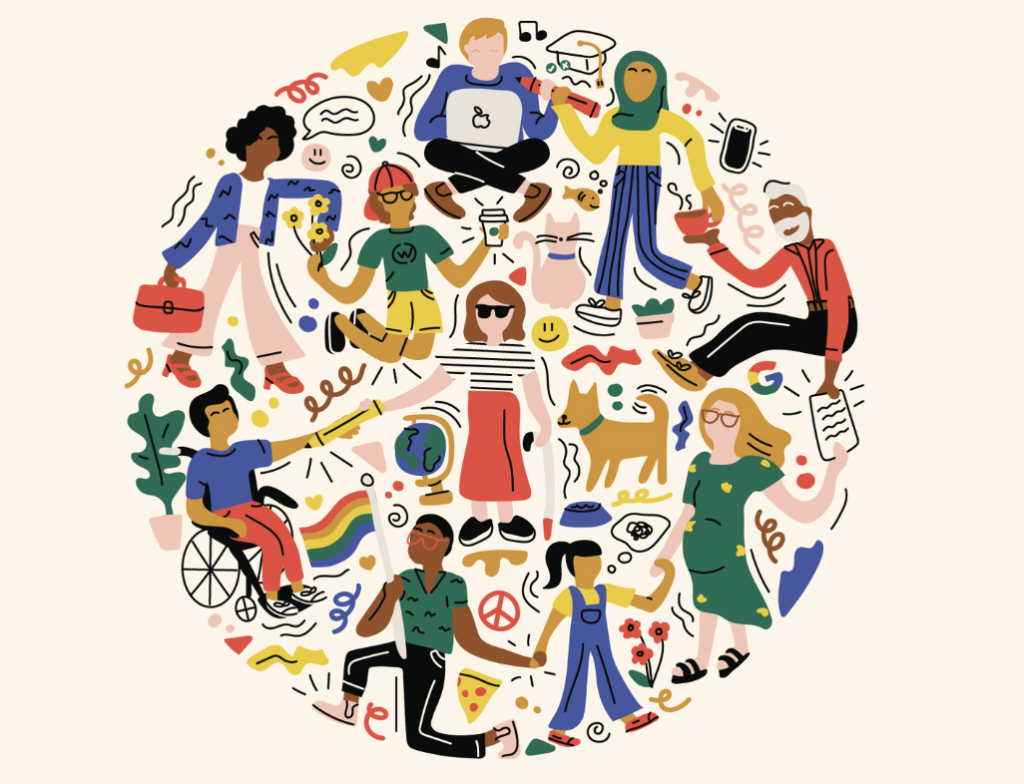

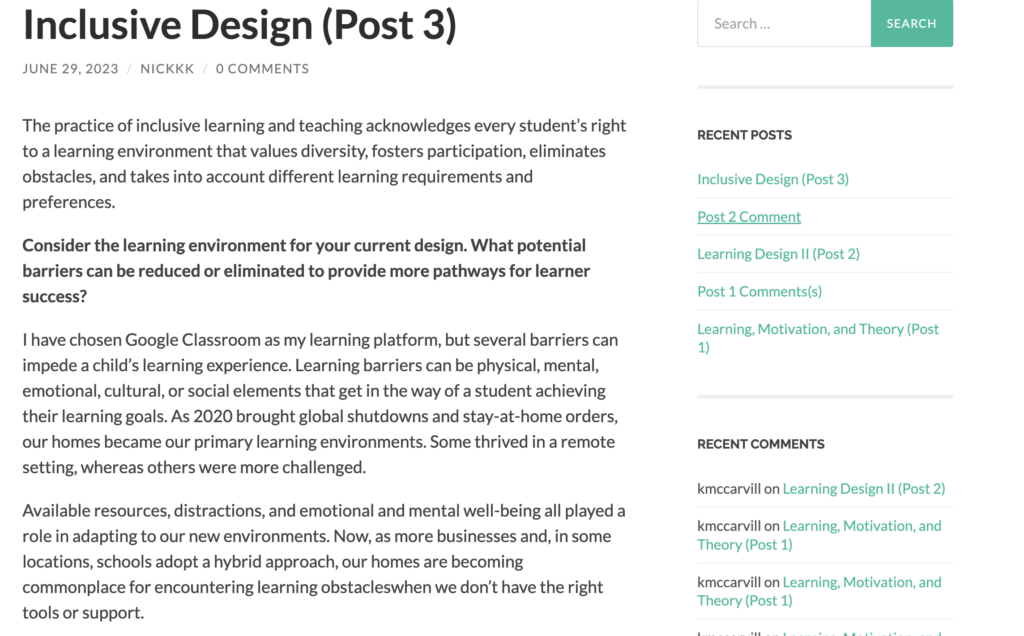
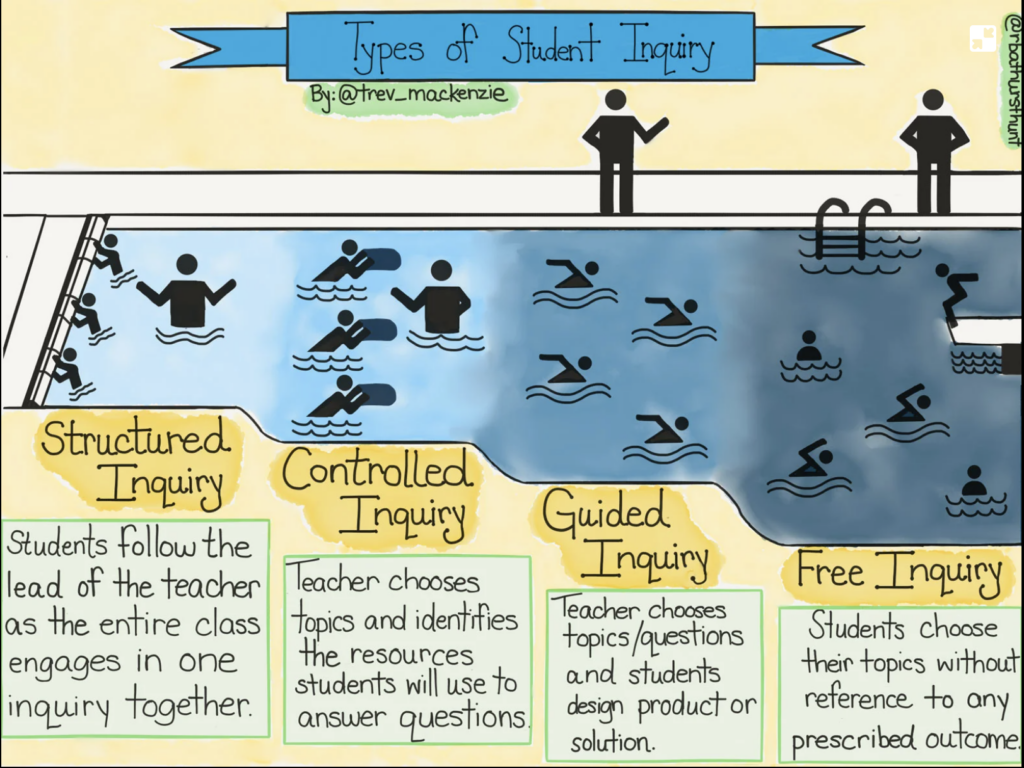
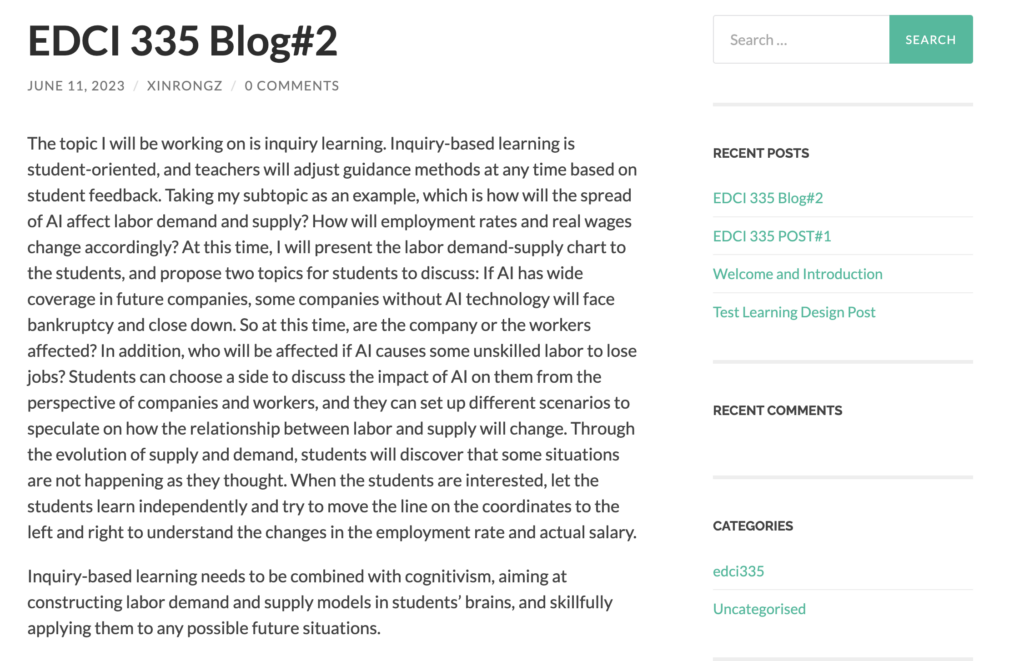
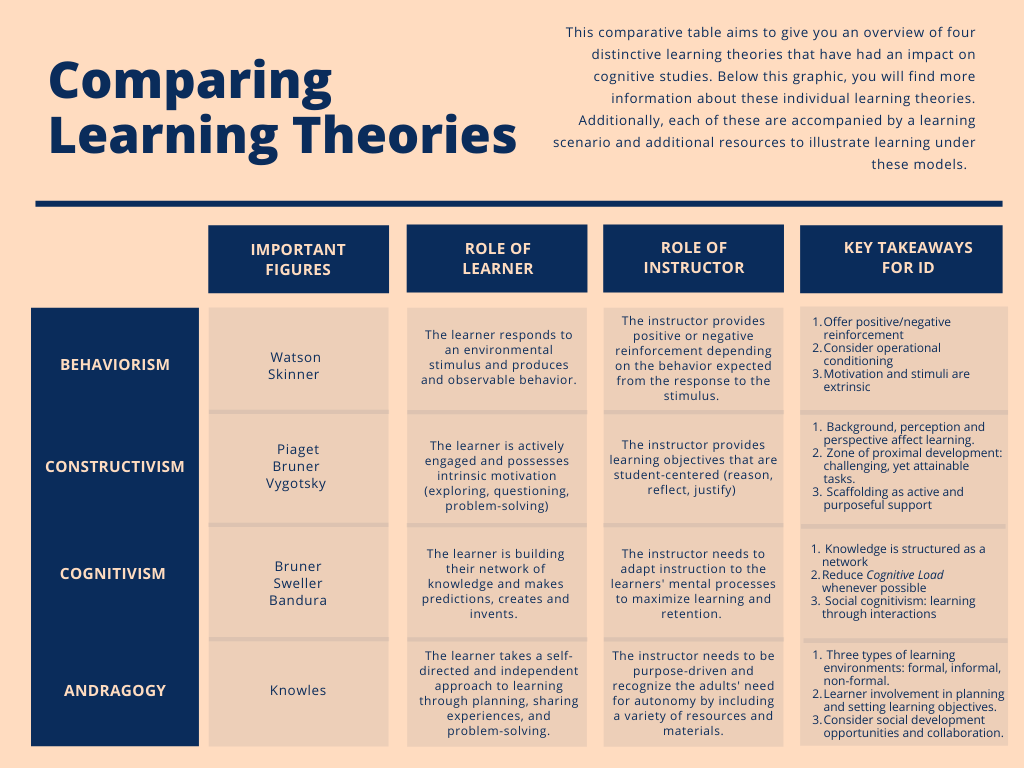
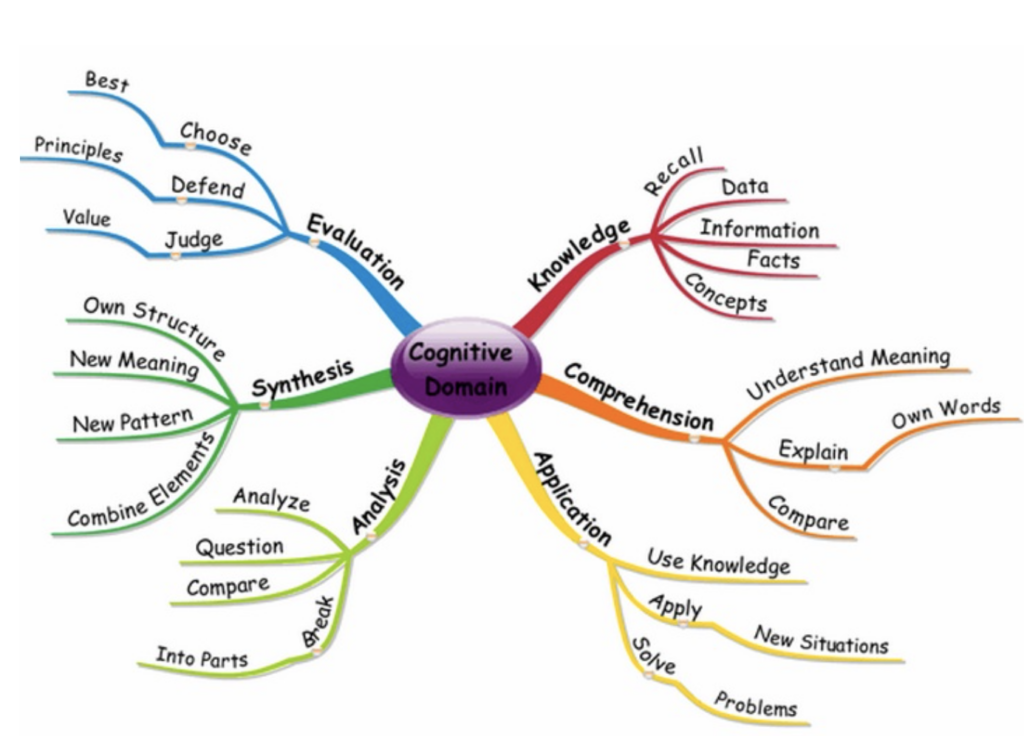
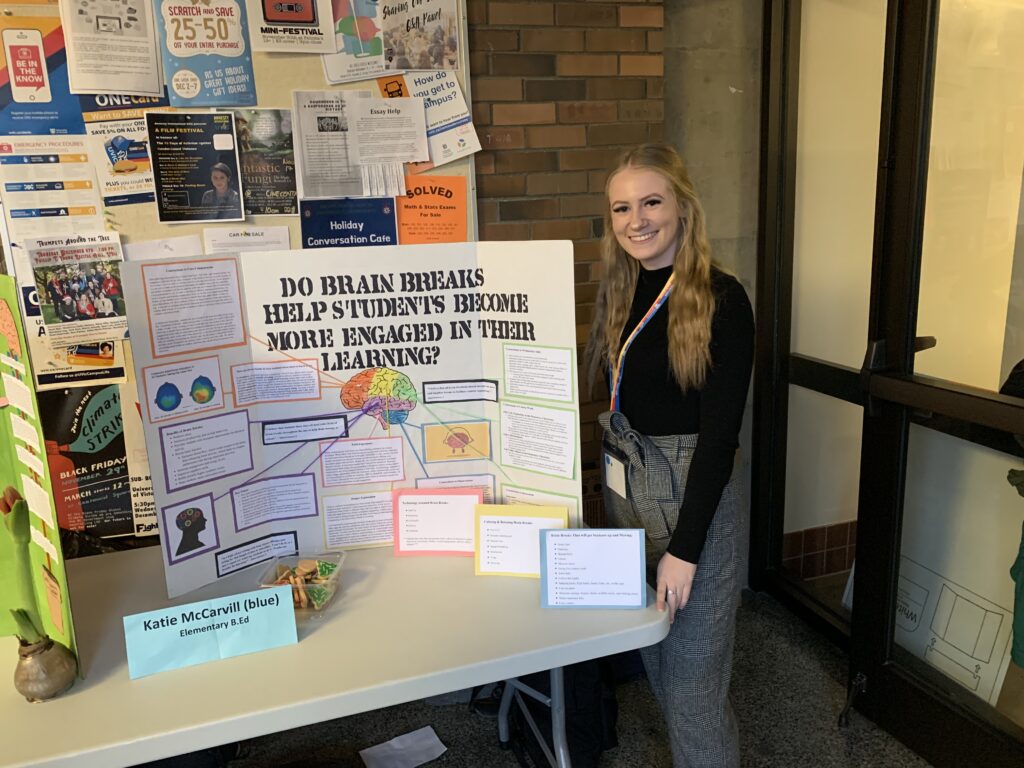


Recent Comments